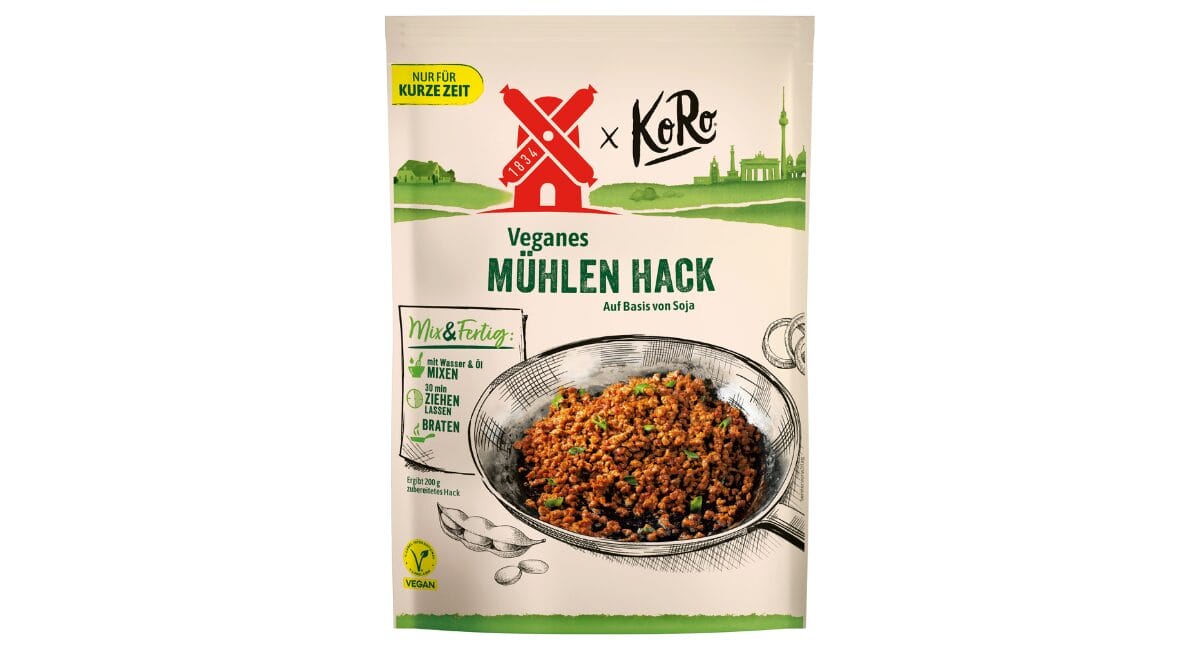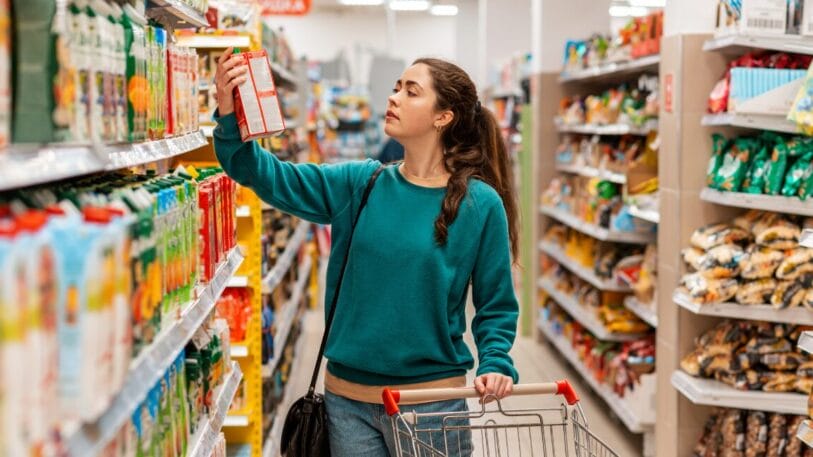Consumers demand sustainability from products – including packaging. But what exactly does that mean? What makes packaging sustainable and how is this recognised at the PoS? A co-operative study looked at these and other questions. The result: intuitively sustainable packaging has a positive impact on a brand’s image.
The results of the study by rheingold Institut, Tilisco and Red Rabbit provide general insights into how consumers perceive, read and evaluate packaging. Signs and signals can therefore be derived from the study that are intuitively understood as sustainable and can be actively used in the design of packaging.
The three partners worked together collaboratively on the study project „Intuitive sustainable packaging“. The brand partners Kölln Müsli, Rügenwalder, Harry Brot and Milram also received exclusive insights for their products. The aim was to research intuitively effective signals that consumers use to understand and evaluate packaging as sustainable. The aim is to ensure that packaging is quickly and easily recognised as sustainable. It is about signs and signals that we need to obtain and understand through the feel, look and sound of a product.
The packaging design is therefore of crucial importance here. For example, it should be immediately clear that the packaging is recyclable. The signals that express this were researched with a total of 80 test subjects. Eight group discussions and 20 in-depth interviews were conducted for this purpose. It emerged time and again that the topic of sustainability plays a role for many, but is also perceived as complex or even overly complex.
Sustainability yes, but simple, please
Consumers are looking for simplification and simple signals that they can understand intuitively. Moreover, sustainability is not the top priority for packaging, but appetite appeal, product protection, convenience and the consumption situation. This not only applies to the development of packaging by manufacturers but, as the study shows, is also a priority for consumers. However, the sustainability of packaging can serve as a purchase booster and as a reason to buy more.

The cooperative study also analysed the packaging design of Rügenwalder Mühle products. (Image: Rügenwalder Mühle)
As the topic is perceived as so complex, consumers primarily want the issue to be simple and are often happy to pass the responsibility on to politicians and manufacturers. This goes hand in hand with the fact that the signals for sustainability should be simple and intuitive: People don’t want to have to think about this issue in the supermarket too. Packaging that is read as sustainable can become a USP for a brand and enhance the value of the product and the brand.
Dos and don’ts in packaging design
Finally, a more precise picture emerges of what sustainable packaging should be like from the consumer’s point of view. Packaging should use less plastic, but preferably paper. Over-packaging is always an issue and was also rated as less sustainable by the test subjects in the study. For the test subjects, a velvety feel expresses sustainability in the packaging. Material mixes, on the other hand, feel less sustainable.
Consumers take a critical view of plastic packaging in particular. Recycled plastic is perceived as better than recyclable plastic. When it comes to disposing of packaging, separation should be easy. Reusable and refillable systems are perceived as positive and good, but also as tiring and require personal initiative. When it comes to the appearance of packaging, glossy packaging is perceived as less sustainable. A matt surface, on the other hand, creates the impression of sustainability. Green, brown, natural colours and a harmonious tonality are perceived as sustainable.
In addition, resealable and quiet packaging is perceived as sustainable. But even these aspects are not quite enough, as the product category and brand are also important for consumers. The sustainable packaging design must fit in with them. However, if this fit is there, intuitively sustainable packaging can become the USP and added value of a brand and a product. In addition to signals such as a rough, paper-like feel and muted colours, seals can also act as intuitive signals.
http://www.rheingold-marktforschung.de



